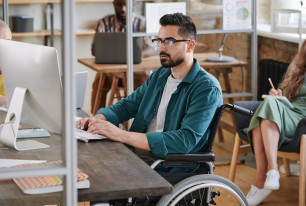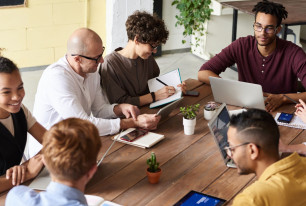Eid-al-Fitr 2022: Celebrating Diversity and Connection
This year’s Eid-al-Fitr is the first Eid celebration in the past two years where we can once again embrace our loved ones with no Covid restrictions. What can we learn from this joyous occasion?
Share
Eid-al-Fitr marks the end of the month of Ramadan and is one of the two major celebrations of the Islamic faith, it literally means “the festival of breaking the fast”. This year, the Muslim celebration of Eid-al-Fitr will fall on the 1st or the 2nd of May (depending on the moon sighting in your local area). The day is extra special this year, as it will be the first Eid-al-Fitr where there will be no Covid restrictions in place in the past two years and we can once again embrace our families and friends as we have done in the past. The pandemic has truly made us appreciate what a blessing it is to get together.
Eid-al-Fitr celebration
For most, the day begins the night before, doing final food preparations, applying henna, and wrapping presents. The last night is also spent reflecting on saying farewell to Ramadan, as the month of great blessings has now departed.
In the morning, there are some key traditions for Eid-al-Fitr:
- Making ghusl (a full-body ritual purification wash)
- Wearing your best clothes
- Ensuring the obligatory charity of Fitrana or Zakat-ul-Fitr is paid. This is given to needy members of the community to ensure that everyone can partake in Eid celebrations.
- Attending the communal Eid prayer, typically in a mosque but in some cities, this can even be in a large open space.
- Reciting a special prayer on the way to the Eid prayer, known as Takbeerat.
- Once the Eid prayer is over, everyone congratulates one another with the words “Eid Mubarak” and sweets are often shared out with everyone.
- Finally, we return home to celebrate with family and friends with an Eid feast and sharing of gifts.
This will be the first Eid-al-Fitr where there will be no Covid restrictions in place and we can once again embrace our families and friends as we have done in the past.
These are the core traditions of Eid-al-Fitr for Muslims around the globe, but every family and community will also have other traditions for this special day, let alone in different countries. Eid-al-Fitr teaches us to recognize cultural differences and live respectfully together. Furthermore, this special celebration is not only about breaking the month-long fast, but also about connection—friends and family greet each other, presents are given, and so on. It reminds us of the importance of social harmony and community building, especially in a time when remote work is more normal and human connection is easily lost.
This year, we will be taking the children to an Eid Fair in the park. How will you be celebrating Eid?
Eid Mubarak!
Do you like this blog? Check out our other blogs on holidays and celebrations!









